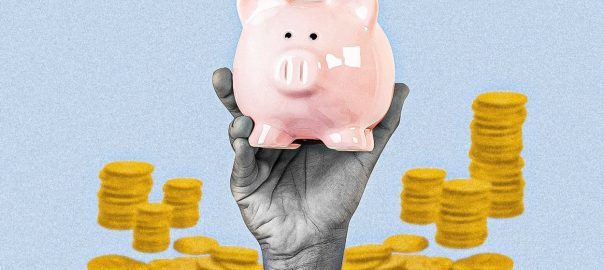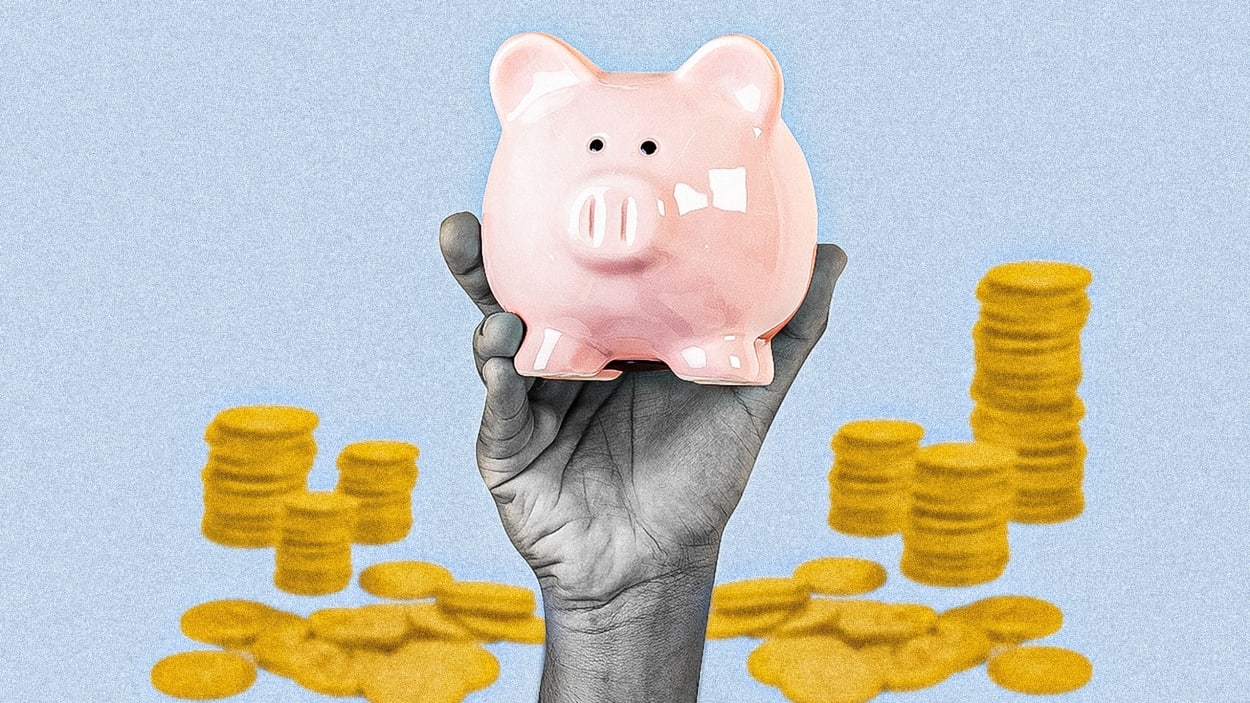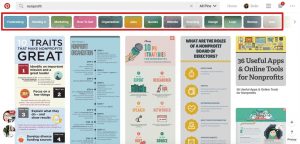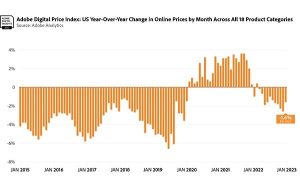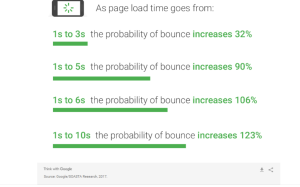By Emily Guy Birken
We all know that we’re supposed to be have an emergency fund equal to at least three months’ worth of expenses. Unfortunately, many of us are not in that position: 37% of American adults couldn’t cover a $400 emergency expense with cash.
Perhaps it has something to do with the fact that nearly two-thirds of Americans live paycheck to paycheck . Setting aside money in an emergency fund is nigh impossible when you need every single cent of your paycheck just to cover living expenses.
So how do you get ahead when there’s always too much month left at the end of your money? Here are some tried-and-true methods for building an emergency fund when money is tight.
of refunds and withholding
The average American taxpayer received a refund of $2,812 for the 2023 tax filing season. While an emergency fund of just over $2,800 is unlikely to cover three months’ worth of expenses, saving your tax refund could be a great way to seed your savings cushion.
But what if you’ve already spent this year’s refund? Refunds come but once a year, after all.
That’s why you may want to adjust your withholding to receive a smaller refund next tax season. A $2,812 refund is equivalent to an additional $108 per biweekly paycheck. If you update your W-4 so that Uncle Sam only withholds about 50% of that, you’ll see an additional $54 per paycheck and can still expect a refund of about $1,400.
While you’re at HR adjusting your withholding, set up an automatic transfer of that $54 per paycheck to your savings account. The emergency fund may grow slowly, but you won’t miss money that you never counted on.
a roomier budget
Though you may assume there is no wiggle room anywhere in your budget, there are often overlooked costs that you can reduce or eliminate with just a little time and attention.
To start, do you know everything you’re paying for? The subscription model has become a default for many industries, and it can be very easy to forget about recurring expenses you don’t often use. Take an hour or two to look over your bank and credit card statements to identify and cancel unused subscriptions, and immediately set up an automatic transfer of your savings into your emergency fund.
Negotiating your bills can be another great way to create slack in your budget. There is often more leeway in the amount you pay than you realize.
For example, internet providers and cellphone service providers are often keen to offer you a price break in order to keep you. Find the lowest rates in your area—either from your current provider as a new subscriber offer or from their competitors—and use that price as leverage in your negotiation.
While you can generally negotiate with your internet provider anytime, it’s easier to negotiate with your cellphone service provider toward the end of your contract. In either case, the retention or cancellation department will usually have the most authority to make a deal with you. And of course, being pleasant and easy to work with usually means the service representative will want to help you.
clutter or cash?
Emergencies have a way of clarifying what’s important—and some of what you own may be less vital to your life and happiness than you think. Rather than waiting for an emergency to strike to realize you don’t need a second gaming system or formal dishes, consider looking at your possessions as if you’re already facing a financial emergency. That can help you determine what you really need and what you can let go of.
With this list in hand, start selling some of your things and deposit the money in your emergency fund. Since this is for your fund, rather than an immediate emergency, you can take some time to get the best prices. Selling an item or two a week can help your emergency fund grow quickly.
employee assistance
If you’re staring down a financial emergency before your savings account has had time to grow, ask about an employee assistance fund at your workplace. Many employers offer direct financial assistance to workers facing economic hardship.
Ask your HR department if your workplace offers such a fund as part of its employee assistance program—and encourage them to create one if they don’t.
you can get ahead
A little foresight, motivation, and creativity can help you create an emergency fund—even when you feel live paycheck to paycheck.
Emily Guy Birken is a Milwaukee-based personal finance writer. Her books include The 5 Years Before You Retire, Choose Your Retirement, Making Social Security Work for You, and End Financial Stress Now.
(2)
